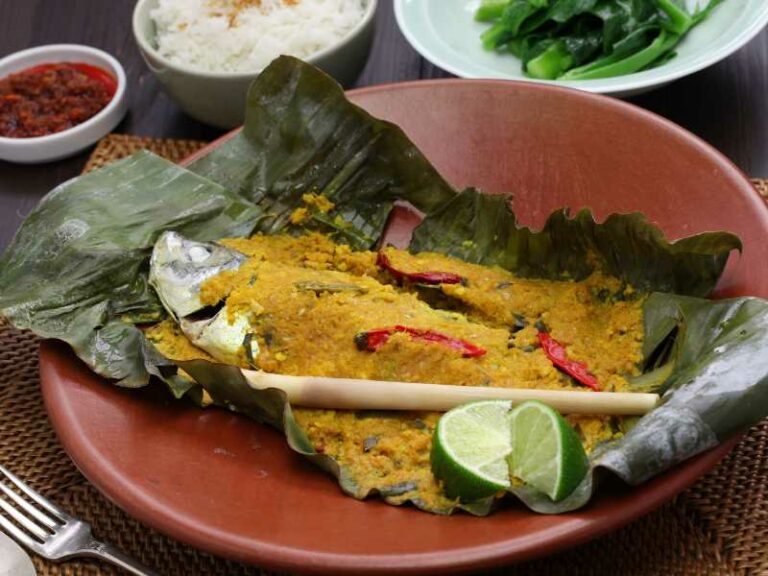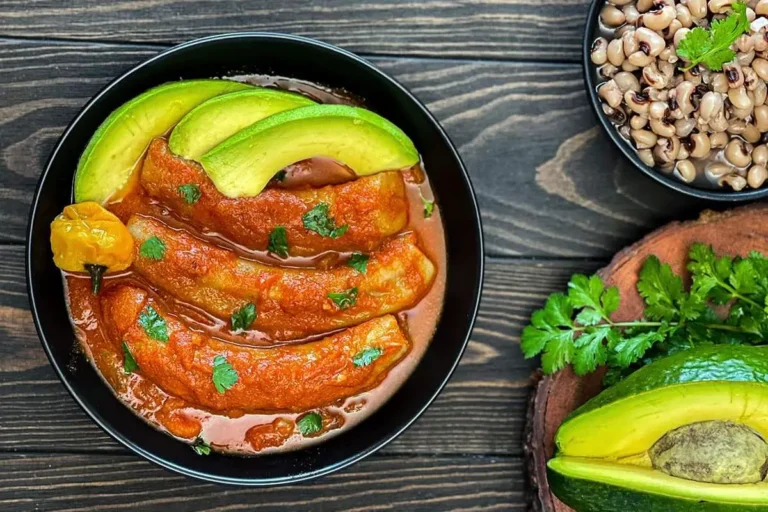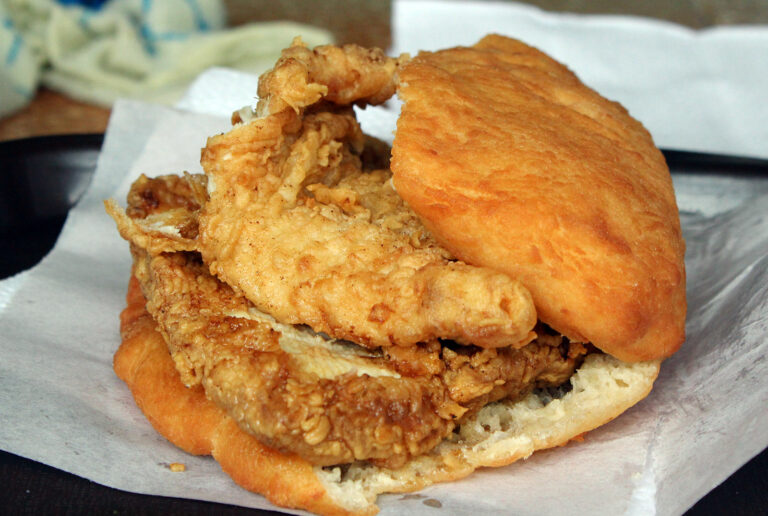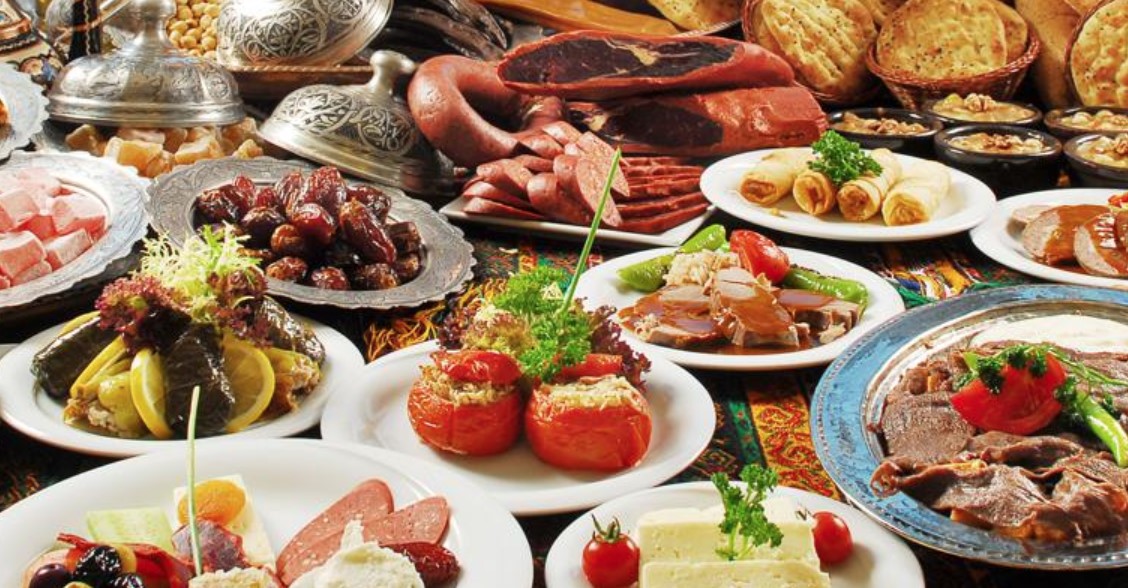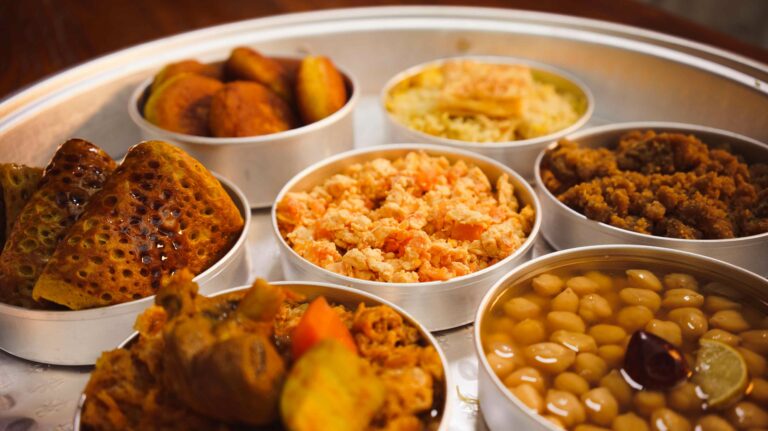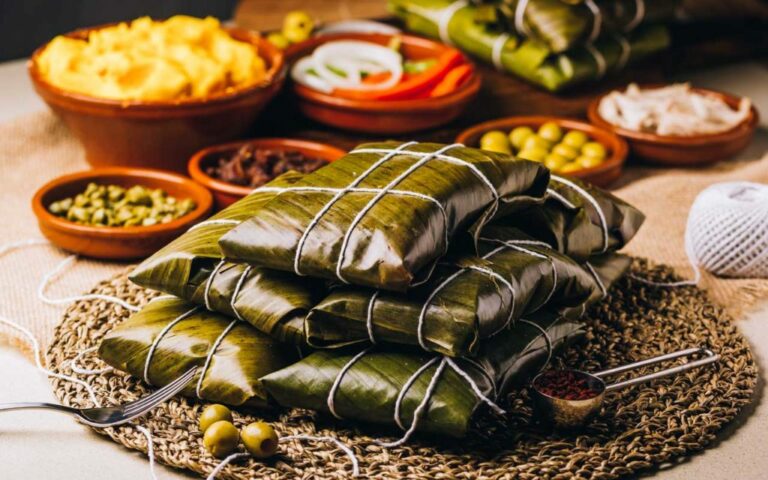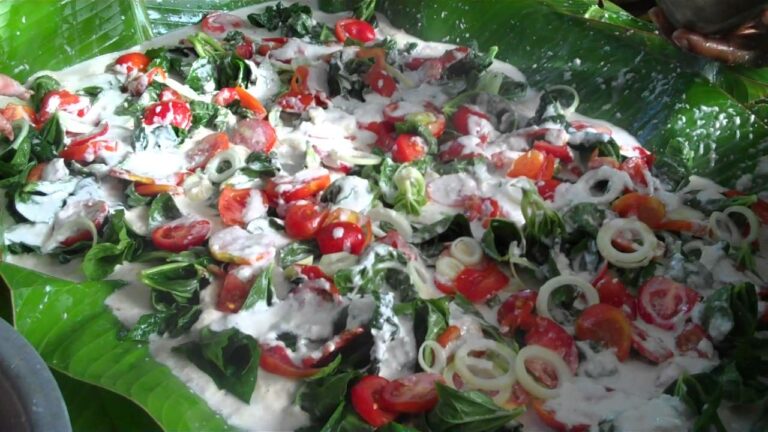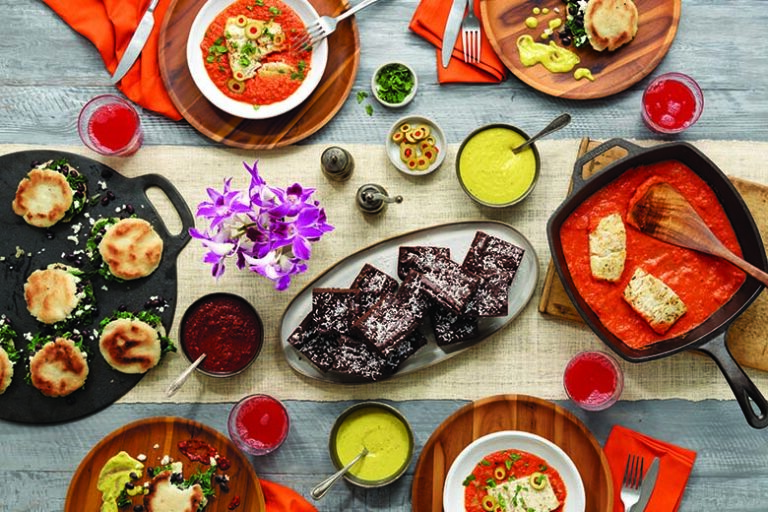Introduction: Timorese dishes with indigenous influences
Timor-Leste, located in Southeast Asia, is a small island nation that has a rich cultural heritage. The country is home to many indigenous communities, each with their unique customs, traditions, and cuisines. Timorese cuisine is a blend of various influences, including Portuguese, Chinese, and Indonesian. However, the country’s indigenous culture has had a significant impact on the local cuisine, which is evident in many Timorese dishes.
Understanding Timor-Leste’s indigenous culture
Timor-Leste has a diverse indigenous population, with several distinct groups that have their own languages and cultural practices. Many of these communities have lived on the island for centuries, and their traditions have been passed down through generations. The indigenous Timorese people have a deep connection to their land, and their cuisine reflects this relationship. They use locally grown ingredients and have developed unique cooking techniques that have been handed down through the ages.
How Timorese dishes reflect indigenous influences
Timorese dishes have been heavily influenced by the indigenous people’s culture, who have left an indelible mark on the island’s culinary heritage. Many dishes are made using traditional cooking methods, such as grilling over an open flame or cooking in clay pots. Indigenous ingredients, such as palm sugar, tamarind, and coconut milk, are commonly used in cooking. Timorese dishes are also often served with rice, which is a staple food in the country.
Traditional ingredients used in Timorese dishes
Timorese cuisine has a wide range of traditional ingredients, many of which are sourced from the local environment. For example, rice, cassava, and maize are staple foods, while fruits and vegetables such as mangoes, papayas, and sweet potatoes are commonly used in cooking. Meats such as pork, chicken, and fish are also widely consumed. Many traditional ingredients such as tamarind and turmeric are used in Timorese dishes for their health benefits.
Popular Timorese dishes with indigenous flavors
Timorese cuisine has many popular dishes that reflect the country’s indigenous influences. One such dish is Ikan Pepes, which is fish cooked in banana leaves with herbs and spices. Another popular dish is Batar Da’an, a vegetable stew made with cassava and sweet potato. Batar Da’an is often served with rice and is a staple dish in many Timorese households. Other traditional dishes include Ikan Sabuko, a dried fish dish served with rice, and Belecau, a spicy chicken dish.
Conclusion: Preserving Timor-Leste’s culinary heritage
Timorese cuisine is a unique blend of various influences, including indigenous cultures. The country’s indigenous people have played a significant role in shaping the local cuisine, and it’s important to preserve this cultural heritage. By using traditional ingredients and cooking techniques, Timor-Leste’s culinary traditions can be passed down to future generations. Maintaining the country’s culinary heritage is not only important for preserving cultural identity but also for promoting tourism and maintaining a sustainable food system.

